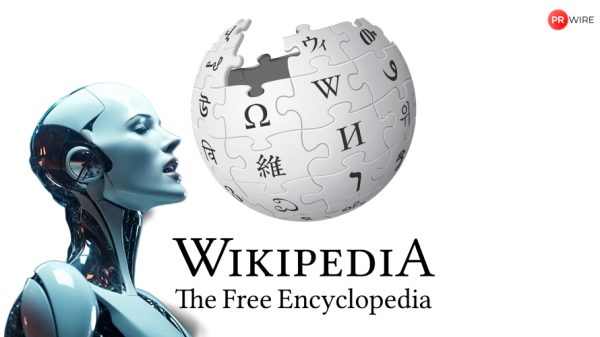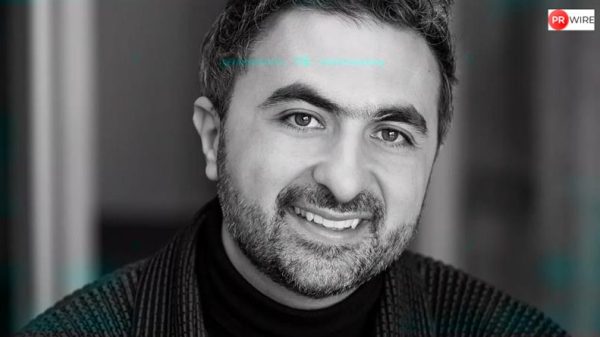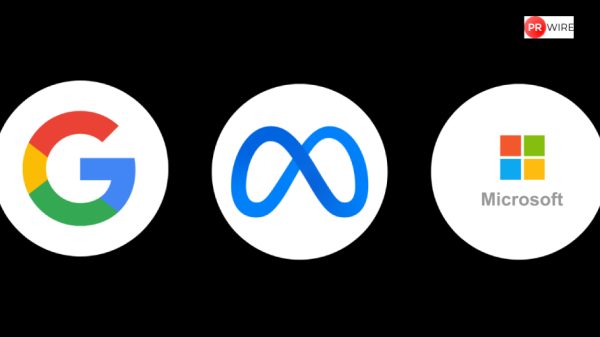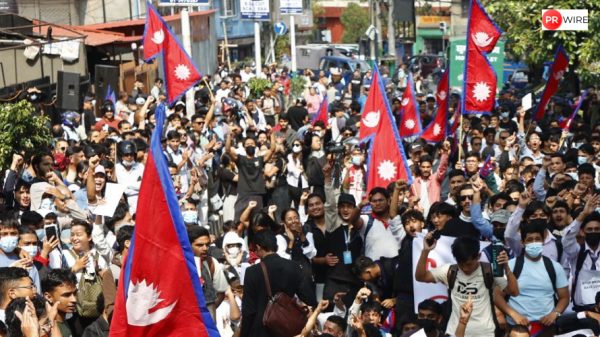The government is focusing on developing home-grown voice-based AI models rather than only text-driven ones, which currently dominate the global AI sector. This move is expected to enhance accessibility, enabling the large sections of the population to interact with AI in their native languages through speech rather than text.
Unlike conventional AI chatbots like OpenAI’s ChatGPT, Google’s Gemini, or Elon Musk’s Grok, which are largely text-based, the government’s approach is on vocal interactions. While global tech firms have introduced voice capabilities in their AI assistants, their models are primarily optimised for English and a handful of other languages.
The rationale behind this push is clear: A vast majority of the population is more comfortable speaking their native language than typing it. “The Internet will become more voice-enabled, and there will be many people who will prefer accessing services using voice commands,” Abhishek Singh, additional secretary, ministry of electronics and IT (MeitY), told Fe in an interaction.
Singh, who is leading the Rs 10,372 crore IndiaAI mission, highlighted the market potential for indigenous voice-based AI models. “If someone develops a voice-based large language model (LLM) in India, it will be a game-changer. Voice will become a significant enabler,” he said.
India has approximately 500 million active Internet users, but an even larger segment — about 900 million people — remains offline. Many among them, including rural communities, farmers, and non-tech-savvy individuals, may find it easier to interact with AI through speech rather than written text.
For instance, a farmer seeking information about crop diseases or weather updates could simply ask an AI assistant in his local dialect instead of navigating text-based interfaces. Similarly, individuals looking for health advice, government schemes, or educational content could benefit immensely from AI-driven voice interactions.
The demand for Indian-specific voice AI models is significant, given that global AI firms have not been able to fully cater to the country’s linguistic diversity. While some international AI systems support multiple languages, their training datasets for Indian languages remain limited. Singh said that any AI model trained on Indian datasets and designed specifically for the country’s linguistic and cultural nuances would outperform existing global models in this domain.
To accelerate the development of indigenous AI models, the government has received 67 proposals from startups, academic institutions, and private enterprises interested in building foundational AI models. A technical committee is currently evaluating these proposals, and selected projects will receive government funding.
“We have received around 22 proposals for large language models and 45 for smaller domain-specific models in sectors such as healthcare, education, and agriculture,” Singh said. The selection criteria will include the technical credentials of the teams involved, the intended purpose of the models, and the expected impact of their deployment.
Additionally, a national dataset platform is in the works to provide AI developers with access to anonymised, non-personal data for training purposes. This initiative aims to create a structured ecosystem where AI startups and researchers can build, test, and refine their voice-based models efficiently.
By prioritising voice-enabled models in multiple Indian languages, the government hopes to democratise AI, making it more accessible and beneficial to a wider population. This approach would also bridge the digital divide and position the country as a leader in voice AI innovation.
The article originally appeared on Financial Express.



























